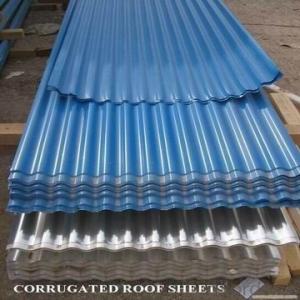When it comes to construction, the smallest details can make a huge difference. One such detail is the diameter of rebar, specifically the 3 rebar. This might seem like a minor aspect, but it’s crucial for ensuring the strength and stability of the structures we build. Let’s dive into the specifications and why they matter so much.
The Significance of Rebar Diameter
Rebar, short for reinforcing bar, is an essential component in reinforced concrete. It’s designed to strengthen the concrete and prevent it from cracking under stress. The diameter of the rebar plays a significant role in determining its strength and how well it can fulfill this purpose.
Why 3 Rebar Stands Out
Among the various sizes of rebar, the 3 rebar is quite popular. It’s not the smallest, nor the largest, but it finds a perfect balance for many applications. Its diameter is approximately 0.75 inches (19mm), which makes it versatile for a wide range of construction projects.
Specifications and Standards
The American Society for Testing and Materials (ASTM) has set standards for the production of rebar to ensure quality and consistency. For 3 rebar, the ASTM A615 standard is what governs its manufacture. This standard outlines the chemical composition, physical properties, and tolerances that must be met.
The Role of Tolerances in Rebar Diameter
Tolerances are the allowable variations in the diameter of the rebar. They ensure that even if there’s a slight difference in size, the rebar will still perform as expected. For 3 rebar, the tolerance is typically plus or minus 0.015 inches (0.38mm). This might not seem like much, but in construction, even the smallest variations can have significant impacts.
The Impact of Diameter on Rebar Performance
The diameter of the rebar directly affects its performance in several ways:
– Load-Bearing Capacity: A larger diameter can support more weight.
– Bend Radius: Smaller diameters can bend more easily, which is useful in curved structures.
– Surface Area: A larger diameter means more surface area in contact with the concrete, leading to better bonding.
– Cost: Larger diameters are more expensive, so there’s a balance to be struck between cost and performance.
Choosing the Right Diameter for Your Project
When selecting the diameter of rebar for your project, consider the following factors:
– Project Requirements: What are the structural demands of your project?
– Cost: What’s your budget? Larger diameters cost more.
– Availability: Is the rebar you need readily available?
– Design Aesthetics: Sometimes, the diameter of the rebar can influence the final look of the structure.
The Human Element in Construction
While we’re discussing the technical aspects of rebar, it’s important to remember the human element. Construction is not just about numbers and standards; it’s also about the people who build and live in these structures. The diameter of a rebar might seem like a small detail, but it can have a big impact on the safety and comfort of the people who will use these buildings.
The Future of Rebar in Construction
As construction technology advances, we can expect to see new innovations in rebar production and usage. Perhaps we’ll see rebar with improved strength-to-weight ratios, or rebar that can better withstand environmental stresses. Whatever the future holds, the diameter of the rebar will continue to be a critical factor in its performance.
Conclusion
Understanding the diameter of 3 rebar and its specifications is essential for anyone involved in construction. Whether you’re an architect, an engineer, or a contractor, knowing the ins and outs of rebar can help you make better decisions for your projects. So, the next time you’re on a construction site, take a moment to appreciate the importance of those seemingly small steel bars that play such a vital role in our built environment.

